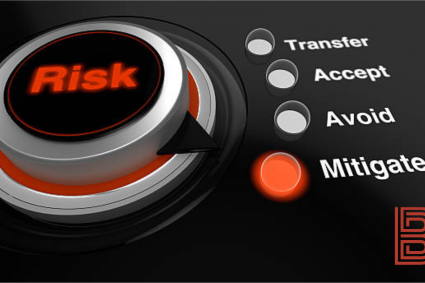
IT security is the practice of protecting information systems from theft, damage, and unauthorized access. It encompasses a range of strategies and measures designed to safeguard data, networks, and systems. With the increasing reliance on digital infrastructure, IT security has become paramount for organizations to ensure the integrity, confidentiality, and availability of their information.
Vulnerability assessment is a critical component of IT security. It involves identifying, quantifying, and prioritizing vulnerabilities in a system. This process helps organizations understand where their weaknesses lie and what potential threats could exploit these weaknesses. Vulnerability assessments typically include several steps: asset identification, vulnerability scanning, risk analysis, and reporting.
Asset identification involves cataloging all devices, software, and data within an organization. This creates a comprehensive inventory that is essential for understanding the scope of the assessment. Next, vulnerability scanning tools are employed to detect known vulnerabilities. These tools scan networks and systems for weaknesses, such as outdated software, misconfigurations, and missing patches.
Risk analysis evaluates the potential impact and likelihood of identified vulnerabilities being exploited. This step prioritizes vulnerabilities based on the severity of their potential impact on the organization. High-risk vulnerabilities are those that could cause significant damage if exploited, such as data breaches or system outages.
The final step is reporting, where the findings of the vulnerability assessment are documented. This report includes details on identified vulnerabilities, their severity, and recommended remediation steps. Effective reporting helps organizations understand their security posture and take appropriate actions to mitigate risks.
Regular vulnerability assessments are essential for maintaining robust IT security. They help organizations stay ahead of potential threats by proactively identifying and addressing vulnerabilities. In addition to vulnerability assessments, organizations should also implement continuous monitoring, regular software updates, employee training, and incident response planning to enhance their overall security posture.
IT security and vulnerability assessment are crucial for protecting an organization’s digital assets. By systematically identifying and addressing vulnerabilities, organizations can significantly reduce the risk of cyberattacks and ensure the safety and integrity of their information systems.
WWW.BARETZKY.NET




















